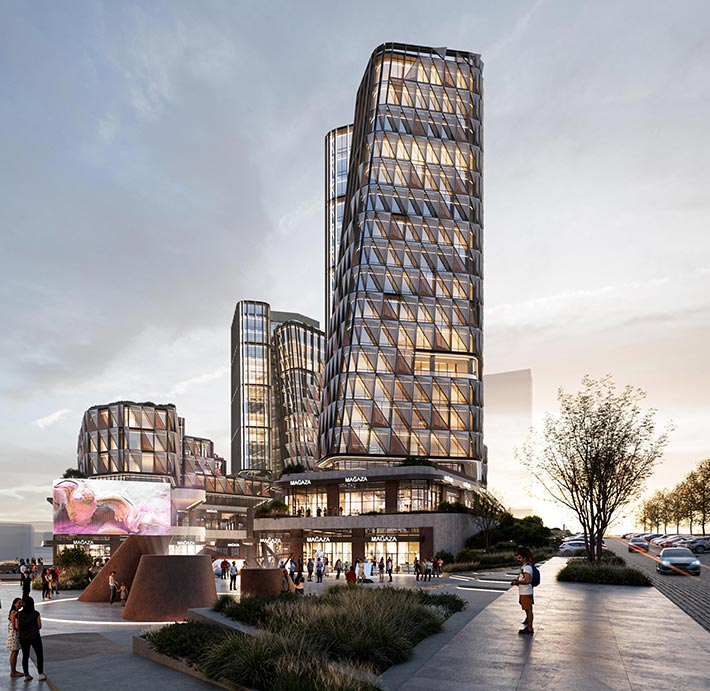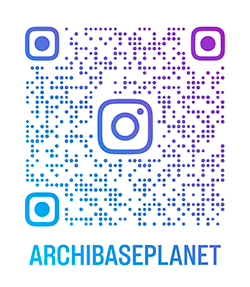Find Interior Designer
Our base contains 198 000 + architects and designers from 190 countries. Explore artworks or search professionals in your area!Show Your Artworks
Archibase Planet allows you to compose your personal block and expose you artworks to the CAD community and potential customersDownload Free Stuff
Find and download useful 3D stuff: 3D Models, HQ Textures, CAD and 3D Documentation, Manuals and moreRhythm Ankara mixed-use project, Ankara, Turkey
 Contemporary cities are defined not solely by physical density but also by the complexity shaped through social transitions, everyday movements, and layered cultural traces. Rhythm Ankara emerges as an architectural proposal that seeks to engage with and respond to this complexity. Rather than reproducing conventional clusters of buildings, the project interprets them as part of a broader urban interface between the built environment and urban life. The changing notion of public space, shaped by global dynamics such as pandemics, migration, and digitalization, informs the conceptual framework of the project in the context of Ankara. In response to modes of urban interaction increasingly confined to commercial venues, displaced into virtual platforms, or rendered socially fragile, Rhythm Ankara offers a design approach that reconsiders and reshapes the relationship between architecture and the city.
Contemporary cities are defined not solely by physical density but also by the complexity shaped through social transitions, everyday movements, and layered cultural traces. Rhythm Ankara emerges as an architectural proposal that seeks to engage with and respond to this complexity. Rather than reproducing conventional clusters of buildings, the project interprets them as part of a broader urban interface between the built environment and urban life. The changing notion of public space, shaped by global dynamics such as pandemics, migration, and digitalization, informs the conceptual framework of the project in the context of Ankara. In response to modes of urban interaction increasingly confined to commercial venues, displaced into virtual platforms, or rendered socially fragile, Rhythm Ankara offers a design approach that reconsiders and reshapes the relationship between architecture and the city.
Posted by: 3D-Archive | 09/10/2025 10:51
Login to comment this entry
All Images and Objects are the property of their Respective Owners

